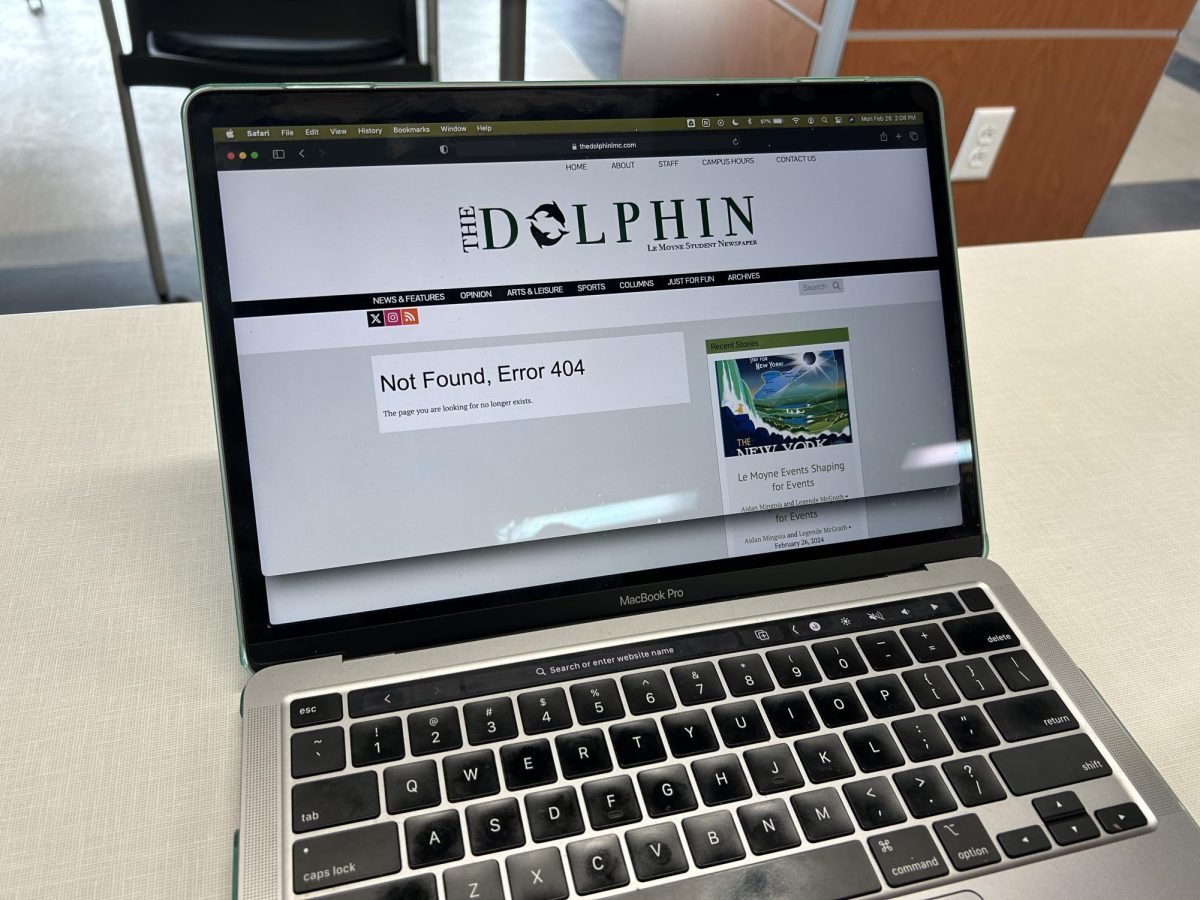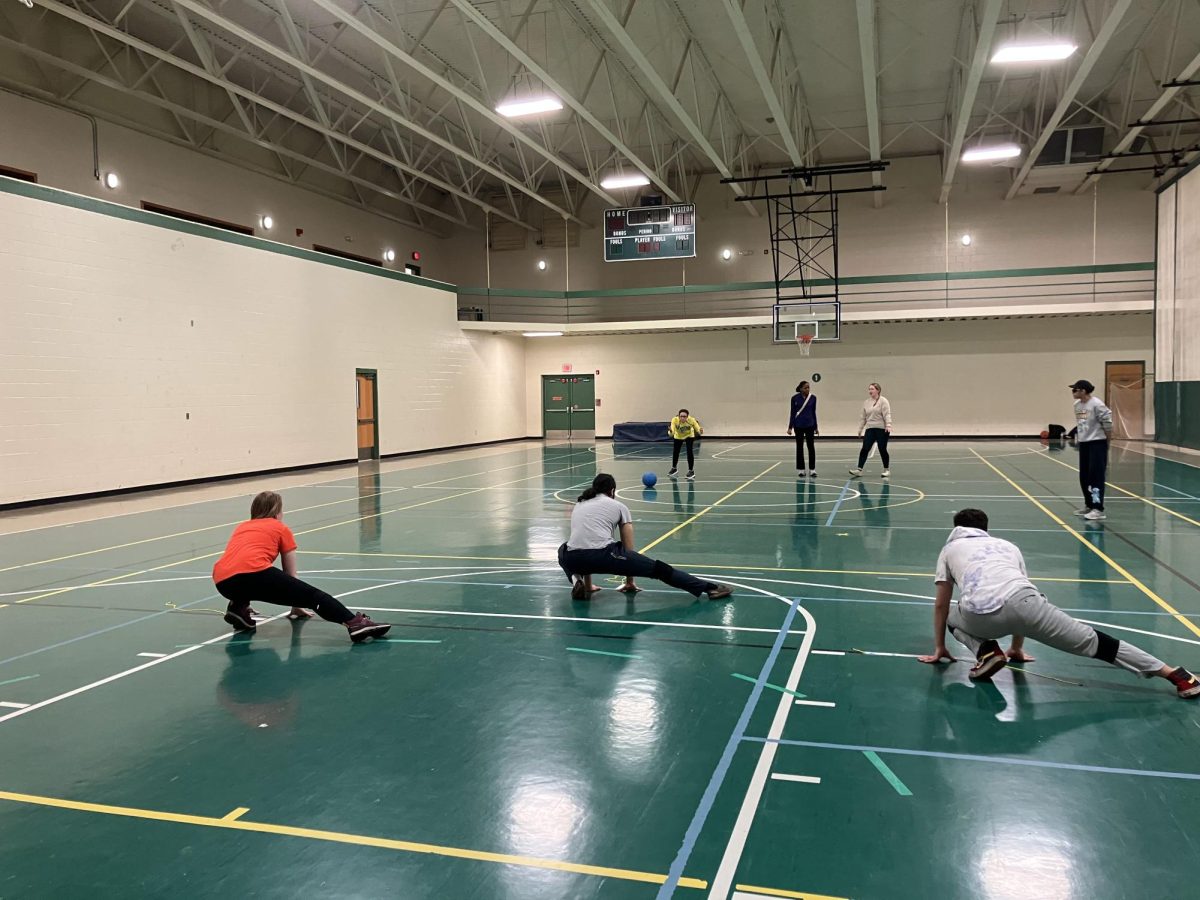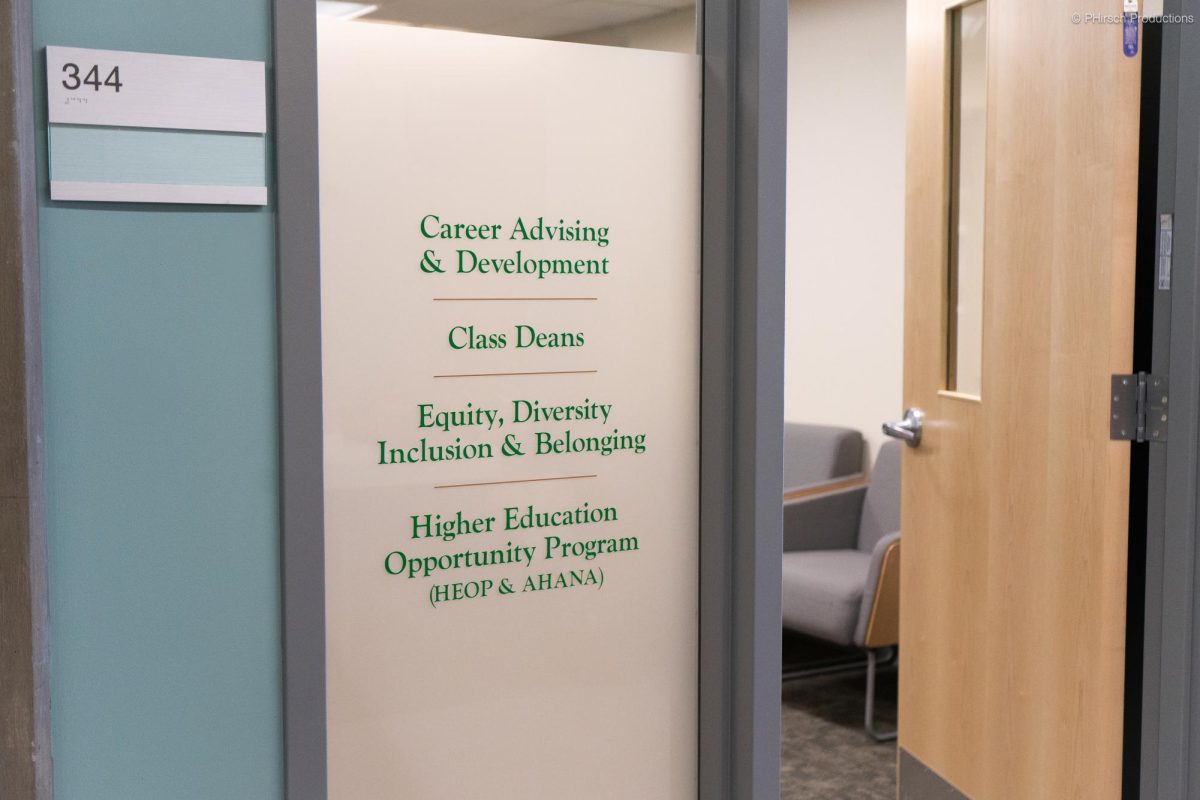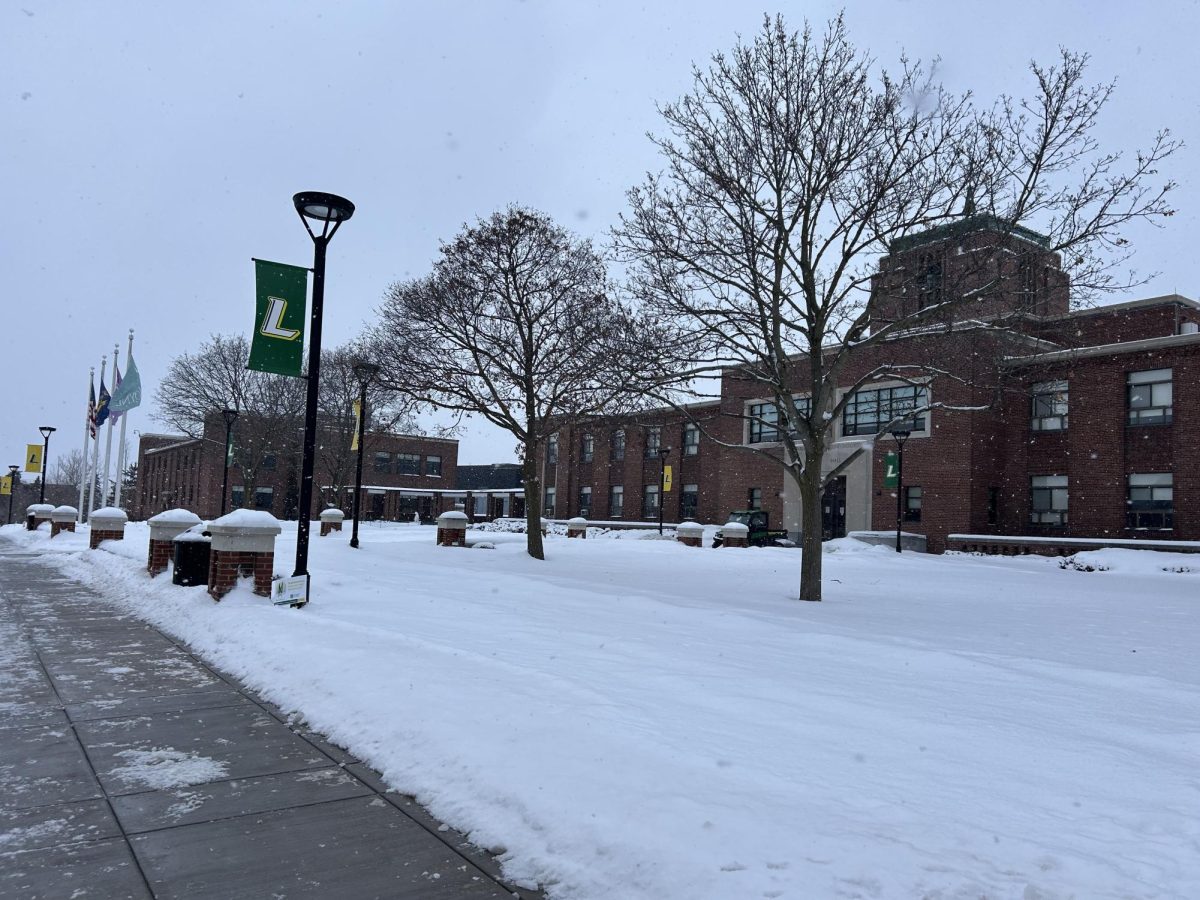The Dolphin has been a staple of Le Moyne college for many years, giving journalism students an avenue to learn and practice news writing before entering the workforce. Dedicated students write and edit these pieces, and then go on to use them in a portfolio for interviews and internships. However, due to a recent copyright strike, The Dolphin has removed a majority of the articles from the website.
Over this past winter break the company Copytrack started reaching out to the college about some images on Dolphin articles. Professor Novak, the chair of the Communications Department, was getting consistent emails about the copyrighted images and even when the editor tried to comb through the articles and take down the copyrighted images, the emails kept coming.
Carly Nicolai, the Editor-in-Chief of The Dolphin, had no choice but to private all of the articles on the website that were written before this academic year. “I think there’s a lot on the website that prior students want to have access to but, at the end of the day, we are trying to do what’s best for the school,” she said. And until someone is willing to go through the thousands of articles and check for copyrighted images, they have to stay offline.
The impact of this can be very strong for people looking to use the Dolphin as a reference for job opportunities. Amari Pollard, the current Communication Ethics professor and previous editor-in-chief of the Dolphin highlighted the impact this could have on students by saying, “I am upset on behalf of current students because they will need those published clips to gain future internship and job opportunities. The Dolphin is foundational to students studying journalism and any form of communication. Perhaps this incident can serve as a catalyst for adding a media law class to the Communication and Film Studies curriculum, for ensuring The Dolphin has proper funding to continue printing issues, and for reminding students that the internet can be fleeting.”
This issue regarding copyright, and the sheer amount of money the college has had to pay to Copytrack for these images, has led to the Dolphin implementing new policies regarding images to avoid conflicts like this in the future. All images seen on the articles will now be taken by students or pulled from the college’s gallery. This will both prevent any copyright strikes moving forward, and “allow the newspaper to showcase the photography and artwork of Le Moyne students,” according to Professor Novak. College officials have said that they’re looking for the quickest way to remove old images so The Dolphin can hopefully be returned to full online status one day.
Overall, this situation has led to the Dolphin being more proactive about the images used on the articles and it has highlighted the need for hard copies of the paper. “All students want to have access to their work, and the hope is that once everything is sorted through the articles will be put back online,” according to Nicolai. For now, keeping physical copies of your work is important because, as Pollard said, “never trust the internet… what is available today might be gone tomorrow.”






